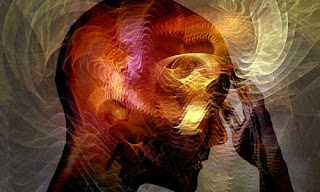 Is the
mission in a company a driving force for actions? Does a mission provide
overall goal, a path, and is it a guide for decision-making?
Is the
mission in a company a driving force for actions? Does a mission provide
overall goal, a path, and is it a guide for decision-making?
And a vision?
Is it an aspiration for a company? Does it focus on the potential essentials in
the company's mid-term or long-term future, or what company intends to be?
Most of mission
and vision statements are generic, therefore awfully deficient. A result of long-drawn
meetings where in the end everyone is so tired and approves any nonsense just
to bring it to the conclusion. They are full of phrases like ‘market-leader’, ‘best-in-region’, ‘most successful’, ‘best customer/owner
value’, ‘leading in this and that'. Fluffy words that mean nothing. They just
repulse a reader and make skip the text!























